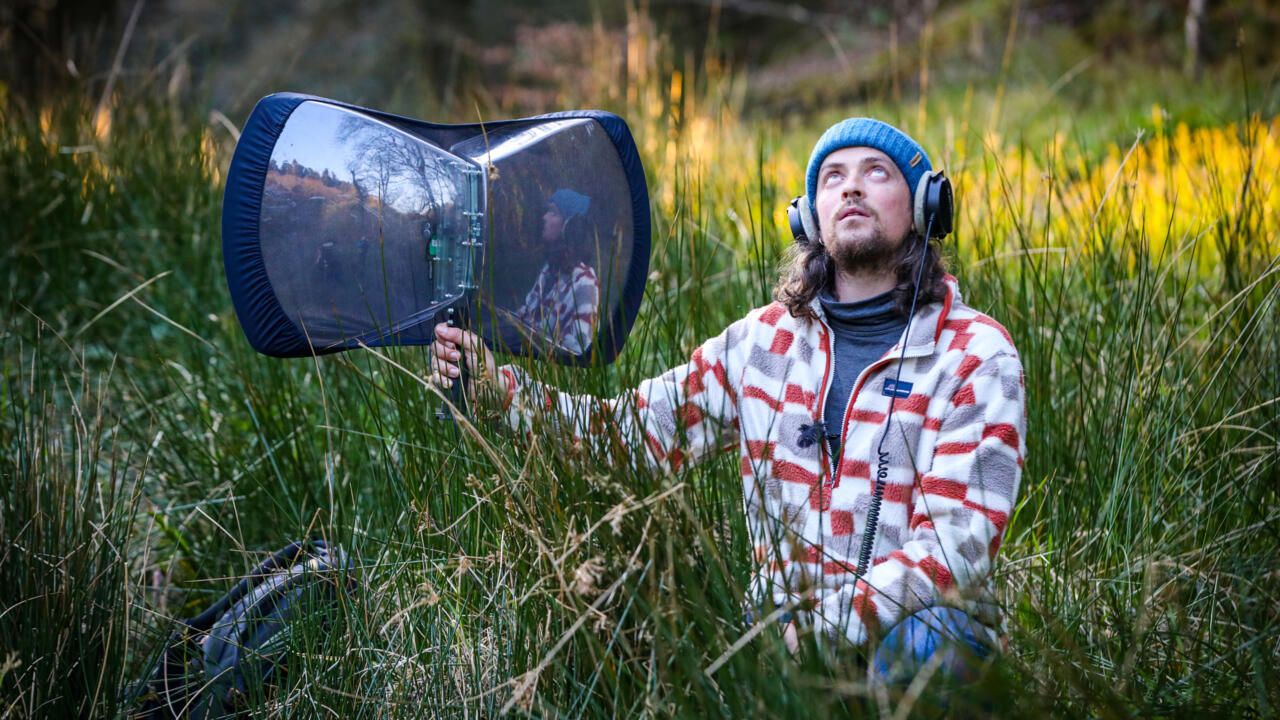At the shows Ronayne, who was diagnosed with a form of autism as an adult, presents the story of his life and how nature is woven through it.
He also plays audio of warbles, tweets, trills, screeches and chirps, and mystery sounds, inviting the audience to guess the origin.
Some clips show birds mimicking other animals like dogs, people and other bird species.
“Some species in my collection can mimic 30 to 40 other species in their song,” he said.
Laughter is common at his talks, but also tears and grief as listeners learn of Ireland’s endangered birdlife.
‘Sonic diversity’
Ronayne regularly holds “dawn chorus” walks, bringing small groups into silent forests far from road noise to experience the birdlife waking up.
A gradually building cacophony of sound, the dawn chorus is “a reflection of the health of a given environment”, he told AFP in an old woodland near his home while waiting for sunrise.
“The more sonically diverse it is, the healthier the habitat is,” he said.
After unpacking his audio recorder, parabolic microphone and tripod, he quickly identified the melodies of song thrushes, robins, blackbirds, goldcrests and others as they greeted the day.
“Chiffchaff! Did you hear that?! There’s a grey wagtail!” he exclaimed, head twitching toward each sound in the lifting gloom.
Ronayne also hides recorders for weeks and even months in remote untouched places where birds congregate.
On Ballycotton beach near Cobh, migrating birds swirled overhead before settling on an adjacent lagoon.
Ronayne carefully placed a waterproof recorder — able to run for up two weeks — in grass by the shore.
